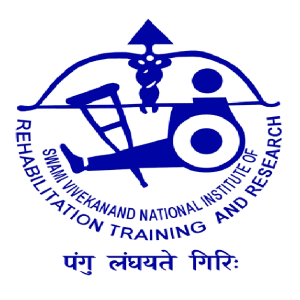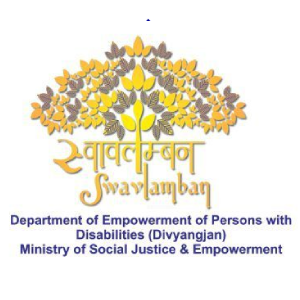Department of physical medicine and Rehabilitation is providing service to the Persons with disabilities since the inception of SVNIRTAR on 22nd February, 1984. We have proved our excellence in the field of Rehabilitation and reconstructive surgery for the patients with congenital anomalies, developmental disorders and acquired deformities due to metabolic disorders, infection, malignancy, neglected trauma etc. Our belief in all inclusive and comprehensive approach for prevention, correction, restoration and social reinforcement bestows many smiles in all walks of life of India.
In the field of catering quality medical education the department has proved it’s brilliance in conducting DNB, PMR postgraduate degree course under National Board of Examinations, New Delhi, organizing CME programme for training and reorienting physiatrists, orthopedic surgeons, medical practitioners, Nurses, health workers in the field of rehabilitation and reconstructive surgery and creating awareness about the issues of disability and rehabilitation among teachers and parents of disable children.





